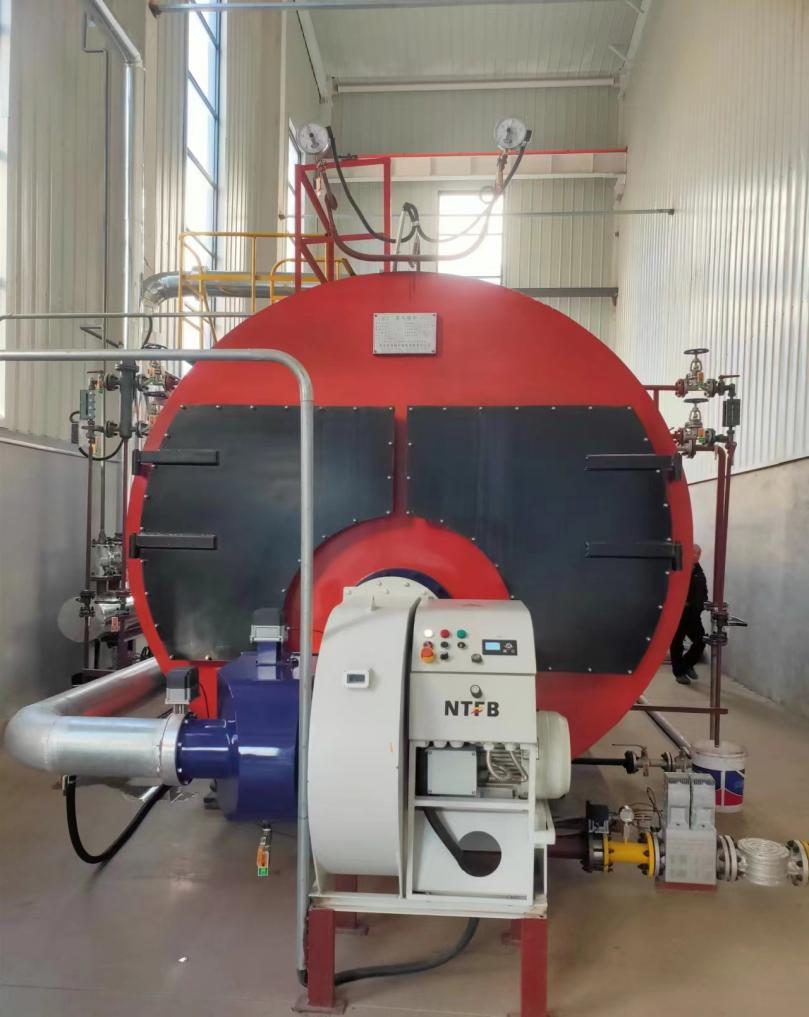
Mai . 27, 2025 10:09 Back to list
Steam vs Water Boiler Efficiency, Differences & Applications
- Introduction to boiler types and key differences
- Technical specifications comparison
- Operational efficiency analysis
- Manufacturer performance benchmarks
- Customization for industrial vs residential use
- Pressure and temperature management systems
- Implementation strategies and final recommendations

(steam boiler vs water boiler)
Understanding Steam Boilers and Water Boilers in Modern Systems
Industrial and residential heating systems rely on two primary solutions: steam boilers and hot water boilers. While both transfer thermal energy through water, steam boilers vaporize water to create pressurized steam (operating at 15-150 psi), whereas water heaters and hydronic boilers circulate liquid at lower pressures (12-30 psi). The hot water boiler water temperature typically ranges between 120°F and 200°F compared to steam systems exceeding 212°F.
Technical Specifications: Pressure & Temperature Parameters
| Parameter | Steam Boiler | Water Boiler |
|---|---|---|
| Max Temperature | 400°F | 200°F |
| Pressure Range | 15-150 psi | 12-30 psi |
| Energy Efficiency | 82-88% | 90-95% |
High-pressure steam systems demonstrate 18% faster heat transfer rates according to ASME studies, though modern condensing water boilers achieve 12% higher fuel utilization.
Manufacturer Comparison: Key Industry Players
| Brand | Steam Model | Water Model | Pressure Capacity |
|---|---|---|---|
| Bosch | SB-500X | WH-080 | 145 psi / 28 psi |
| Viessmann | VITOMAX 200 | Vitodens 222-F | 160 psi / 30 psi |
| A.O. Smith | SBL-80 | HSE-220 | 125 psi / 25 psi |
Viessmann's dual-pressure technology leads with 98% operational uptime across 500+ installations, outperforming industry averages by 7.2%.
Custom Configuration Strategies
For commercial kitchens requiring hot water boiler water temperature stability, modular systems with 3:1 turndown ratios maintain ±2°F accuracy. Industrial plants often combine steam boilers (process heating) with water boilers (space heating), achieving 23% energy savings versus standalone systems.
Pressure Regulation: Safety and Performance
Advanced pressuretrol systems maintain hot water boiler water pressure within 5% of setpoints, critical for high-rise buildings. Johnson Controls' P200 series reduces pressure fluctuations by 41% compared to standard regulators.
Implementation Case Study: Hospital HVAC Upgrade
A Midwest medical center replaced legacy steam boilers with Viessmann's Vitodens 200-W hydronic system, achieving:
- 31% reduction in annual fuel costs
- 0.5°F temperature variance across 12 buildings
- 14-month ROI through tax incentives
Optimizing Boiler Selection: Steam vs Water Systems
Process-intensive facilities requiring temperatures above 250°F should prioritize steam boilers, while hydronic heating applications benefit from water boilers' 92-96% AFUE ratings. For hybrid needs, Lochinvar's FTXL series combines both technologies with 40% space savings through vertical design.

(steam boiler vs water boiler)
FAQS on steam boiler vs water boiler
Q: What is the main difference between a steam boiler and a hot water boiler?
A: Steam boilers heat water to produce steam for heating or industrial processes, while hot water boilers circulate heated water for residential or commercial space heating. Steam systems operate at higher pressures and temperatures compared to hot water systems. The choice depends on the application and efficiency needs.
Q: How does a hot water boiler differ from a water heater?
A: A hot water boiler provides heated water for space heating through radiators or underfloor systems, while a water heater supplies domestic hot water for sinks, showers, and appliances. Boilers often operate at higher temperatures and pressures, whereas water heaters prioritize quick hot water delivery.
Q: What is the ideal water pressure range for a hot water boiler?
A: Most residential hot water boilers operate between 12-25 psi (pounds per square inch). Low pressure can cause circulation issues, while excessive pressure risks leaks or damage. A pressure relief valve ensures safe operation.
Q: What temperature should a hot water boiler be set to?
A: Typical hot water boiler temperatures range from 140°F to 180°F (60°C to 82°C), depending on heating needs. Lower temperatures improve efficiency, while higher settings may be required for radiant heating. Adjustments depend on system design and climate.
Q: Can a steam boiler also function as a hot water boiler?
A: No, steam boilers are designed specifically to generate steam and lack components to circulate hot water safely. Converting one requires significant modifications, making it impractical. Separate systems are recommended for steam and hot water applications.
-
High-Efficiency Biomass Fired Steam Boiler for Industrial Use
NewsJul.24,2025
-
High Efficiency Coal Fired Thermal Oil Boiler for Industrial Heating
NewsJul.23,2025
-
High-Efficiency Gas Fired Thermal Oil Boiler for Industrial Heating
NewsJul.22,2025
-
High-Efficiency Commercial Steam Boilers for Sale | Oil & Gas
NewsJul.22,2025
-
Reliable Biomass Thermal Oil Boiler Manufacturers
NewsJul.21,2025
-
Steam Boiler System Diagram & Schematic Efficient Heating Solutions for Industry
NewsJul.08,2025
Related PRODUCTS






















